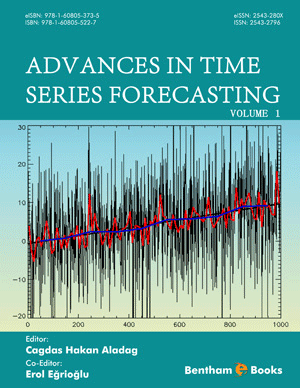Abstract
India is a vast country with variations in geography as well as in population
density. The pollution in India is increasing day by day. The Greenhouse gas emission
is on the rise due to various activities like agriculture, industry, power generation,
transportation, etc. Carbon dioxide (CO2
), Carbon Monoxide (CO), and Methane (CH4
)
are the major elements in greenhouse gases. The emission of greenhouse gases causes
various threats to the environment and health. The states in India have been under
development since independence. Various activities are on the rise. The states are not
having balanced growth as far as the industrial and agriculture sectors are concerned.
The powerhouse of industrial growth is the state of Maharashtra and Gujarat. The
population density is also scattered in India. The states contribute differently to
greenhouse gases emission and it is difficult for the government to make policy
category-wise for the control of greenhouse gases emissions. The classification of
states into different categories will help in the strategic formulation of policy and
strategy for different states depending on their greenhouse gases emission and per
capita analysis of these emissions. The per capita greenhouse gas emission is calculated
by dividing the total emissions by the total population. After analyzing the above
problem, the researchers have decided to conduct the study titled A state-wise
Assessment of greenhouse gas emission in India by applying the K-mean Clustering
Technique using Python Programming. Research is carried out in Five steps -Feature
extraction and engineering, Data extraction, Standardizing and Scaling, Identification
of Clusters, Cluster formation. The study period is 2020. The data selected for analysis
is yearly data state-wise of different Indian states. Data taken for the study is from the
Kaggle database. Findings - The k- mean algorithm (cluster analysis using Python
Programming) classifies the states of India into three clusters. Cluster one includes 16
states of India viz. Arunachal, Assam, Bihar, Himachal Pradesh, Jammu & Kashmir,
Jharkhand, Madhya Pradesh, Manipur, Meghalaya, Mizoram, Odisha, Rajasthan,
Sikkim, Tripura, Uttar Pradesh, Uttarakhand. Cluster two includes 8 states of the India.
Viz Andhra Pradesh, Goa, Gujarat, Karnataka, Kerala, Maharashtra, Tamilnadu, West
Bengal. Cluster three includes 4 states of India Viz Haryana, Nagaland, Punjab,
Chhattisgarh. The major contributors to greenhouse gase emission are in cluster three.The medium-range emission for greenhouse gases emission are grouped in cluster two
and Minimum Range greenhouse gase emission states are included in cluster one.












